Fusing innovative hospitality and generative design
By WATG
September 2, 2020
Starting in 2019, WATG and TestFit, a company that specializes in generative design, entered a partnership to explore the potential of design option automation for hospitality building types. TestFit has enabled our team to quickly move past parking and unit calculations, so we can spend more time on what we love, world-renowned, innovative design.
The timing of this article aligns with the release of TestFit 2.9, which officially introduced hotel functionality. Immediately following the release, WATG hosted a global, firm-wide virtual event where designers could test out the new features and report their findings.
But first, the back story:
You might think, ‘What would a 75-year old hospitality design firm have in common with a budding tech startup?’ Turns out, quite a lot.
You might think, ‘What would a 75-year old hospitality design firm have in common with a budding tech startup?’ Turns out, quite a lot.
Clifton Harness, CEO of TestFit.io, graduated with a Bachelor of Architecture from the University of Texas and found that after years of working in the architecture and real estate industries, there had to be a solution to the countless requests he was getting for site plan updates.
“I found that the problem was that they model deals in Excel, where ‘What if?’ analysis is a core component to their jobs. Site planning on trace or even in some of the CAD tools is cumbersome to update in real-time” says Harness.
Over the course of a few years, TestFit was born. Aside from being a tool that helps planners, architects, developers and engineers alike, the company has also proven how the efficiency of TestFit ultimately yields qualitative savings for users.
Similarly, WATG also started from humble beginnings with its first office in Honolulu in 1945. There, our four founders fearlessly traveled to some of the most remote parts of the world, introducing concepts like the first over-water guestrooms in Bora Bora, a design staple seen modeled in tropical resorts ever since.
And while WATG has expanded globally with offices in six countries on three continents, the firm has diligently and passionately retained a nimble, pioneering ethos. Allowing the freedom and flexibility to explore new ways to innovate, including working with companies like TestFit.
Which leads us to the Summer Hack.
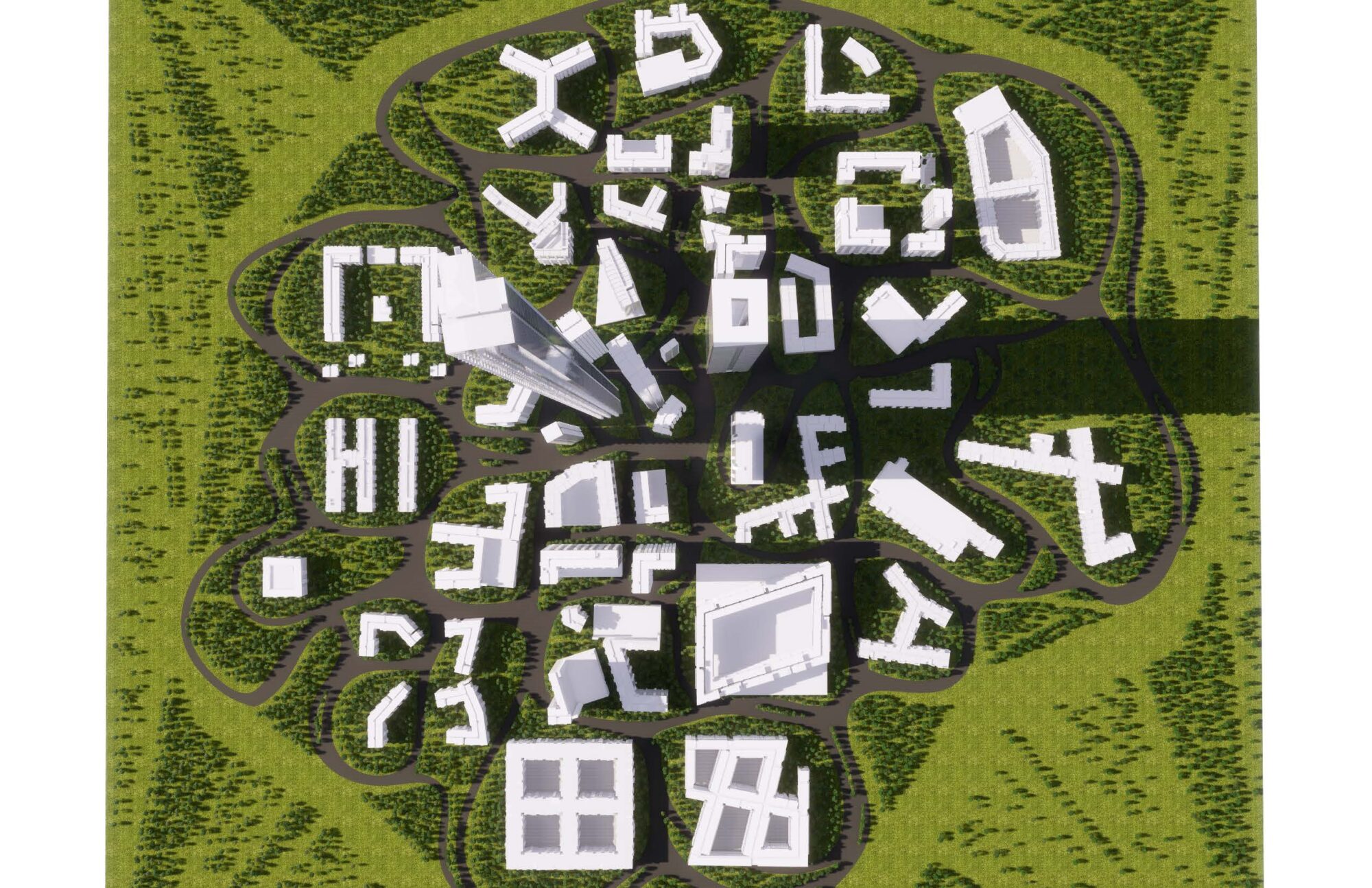
Each of these layouts was generated in less than an hour, complete with quantifiable data including unit counts, area and FAR
“I was morally opposed to automation programs like TestFit before this Summer Hack, but I learned that it’s a great tool to quantify data to use as a basis for design,” says Tiffany Lee, Operations Director of WATG Honolulu.
Rather than just deploy this tool among designers, WATG decided to build upon the success of an internal parametric design Hackathon last fall and host a quarantine-friendly virtual “Summer Hack” where employees had one hour to test the latest TestFit features and report back their lessons learned.
“In true WATG spirit, our colleagues pushed the boundaries of what this software can do.”
“In true WATG spirit, our colleagues pushed the boundaries of what this software can do. The results were beyond impressive, especially given the time frame, and the feedback was invaluable. It was our pleasure to go on this generative design journey,” says Andrew King, Design Technology Specialist at WATG.
While some participants were being introduced to TestFit for the first time, others who have used the program before were pleased to test out their latest suite of hospitality features, which included:
- Supporting module/key relationships typical in hospitality design
- Structural alignment across corridors, which enable high-rise buildings
- Flexibility to support programmatic elements to be placed within a parking garage
- An embedded program into the configurator that pulls preset ratios and size requirements known to specific hotel brands
(a feature that’s currently in the works!)

Compilation of the 39 submissions completed across our global offices
Participants were provided with a scaled background image and encouraged to build something (anything!) within the boundary. The output was less about the design itself, and more about experimentation with a new workflow. As a result, not only did this yield some impressive geometry, WATG also saw quantifiable layouts with unit/area/FAR calculations, all easily adjusted and updated in real-time with pinpoint accuracy. Each individual submission was then taken by Daniel Caven, Global Technology Design Lead, and compiled into the collective shown above.
“The results were beyond impressive, especially given the time frame, and the feedback was invaluable.”
Submissions ranged from simple massings to the creation of voided out buildings. We saw participants really taking the software and looking into the inner workings of TestFit. Participants tested the limits of the software and started get into how TestFit can start to come into their everyday work life.
Impressed by the results, there were a few submissions in particular that expertly demonstrated just how flexible TestFit can be when crafting a site plan.
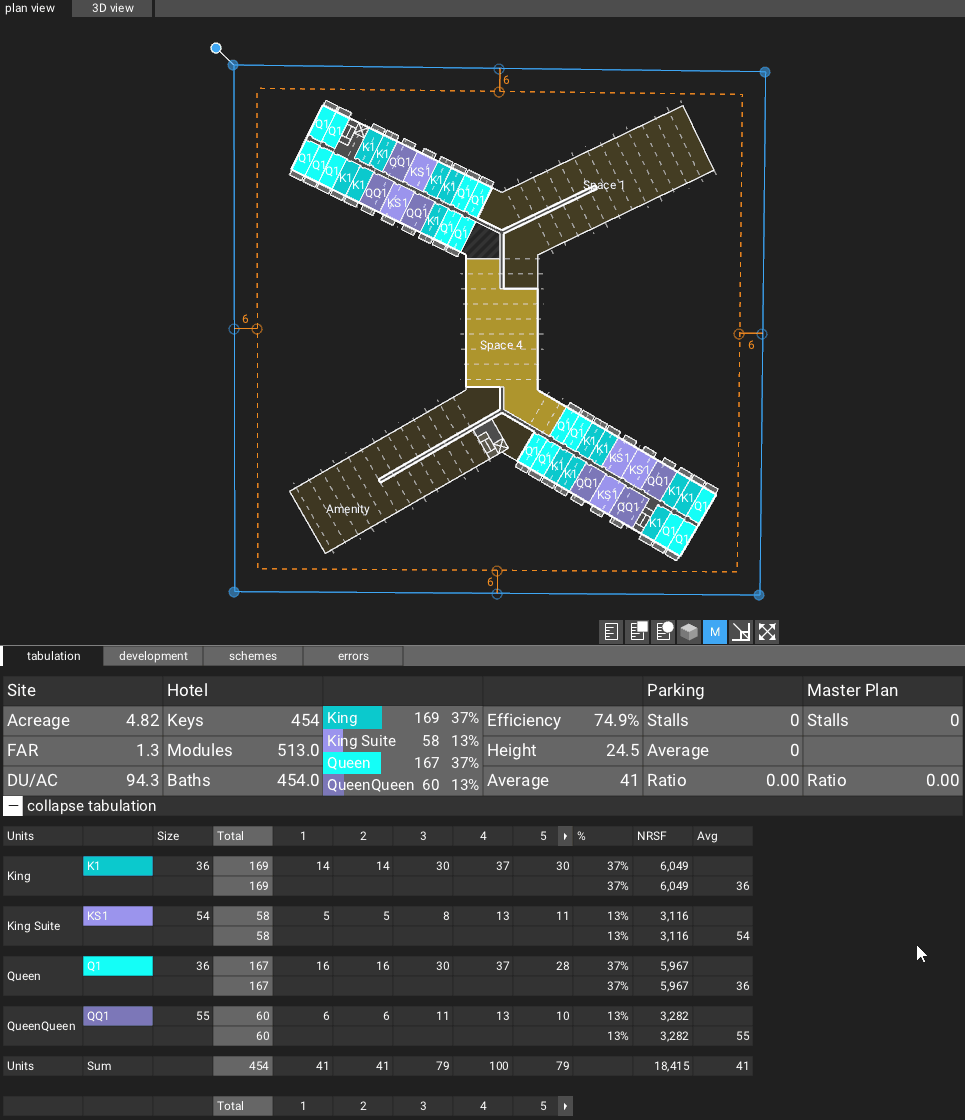
Layouts and unit counts update in real-time
Moving beyond a default extrusion, Alam Fajarahman at WATG Singapore utilized “spaces” and “voids” to define the formal arrangement of his entry. Unit counts and areas update in real-time.

Associated data can be displayed per “site” or combined into a total for the overall development
Nour Hajjaer at WATG London utilized separate sites within the provided boundary and quantified a development. This thoughtful layout is easily back up by data including modules, keys, parking counts, and overall areas.
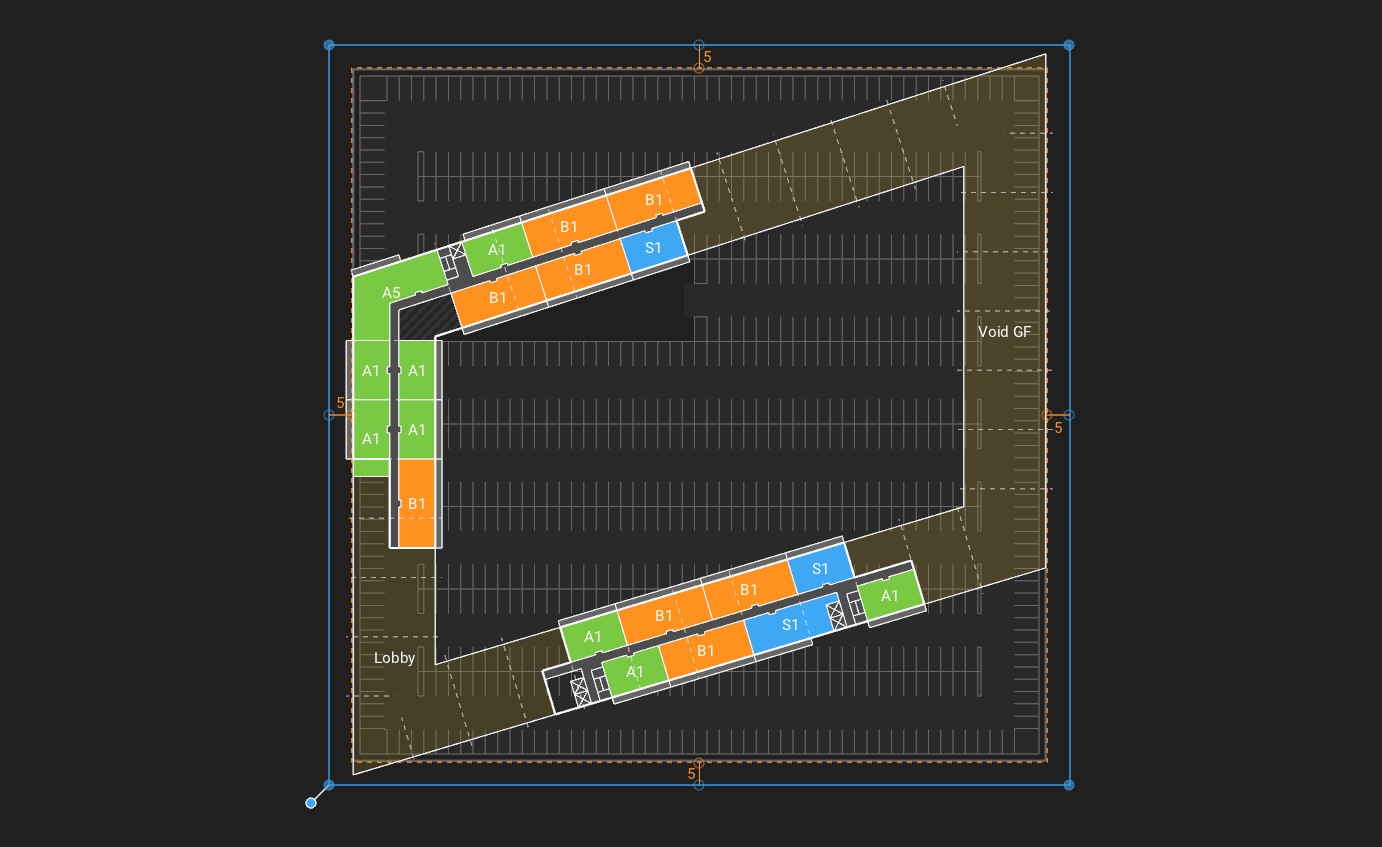
Quick studies like this help define what is possible on the site
The power of “voids” is apparent once again in this submission from Carlos Estevez at WATG London. This structurally aligned multi-family layout does a great job of demonstrating that the ultimate design is still in the hands of the designer.

Making quick work of massing and data tabulations allow our teams to quickly move from planning to design
“Working with new software and implementing it within our everyday workflows keeps us ahead of the curve.”
“In this industry, it is important to continuously learn new programs to better ourselves – firm-wide and individually. Working with new software and implementing it within our everyday workflows keeps us ahead of the curve. We are so grateful to be able to team up with TestFit for this exercise. Having their software developers who are willing to work with our designers to capture valuable feedback is a great way to better our process and the software development” says Daniel Caven, Global Design Technology Lead at WATG.
WATG has a long history of partnering with software companies in service of design and at a time when designers are busier than ever during quarantine, collaborating with TestFit has enabled WATG to stay ahead of the curve and improve the efficiency of our workflows. This not only pushes staff to try something new, but to free up more time to do what WATG does best – design.
Latest Insights
Perspectives, trends, news.
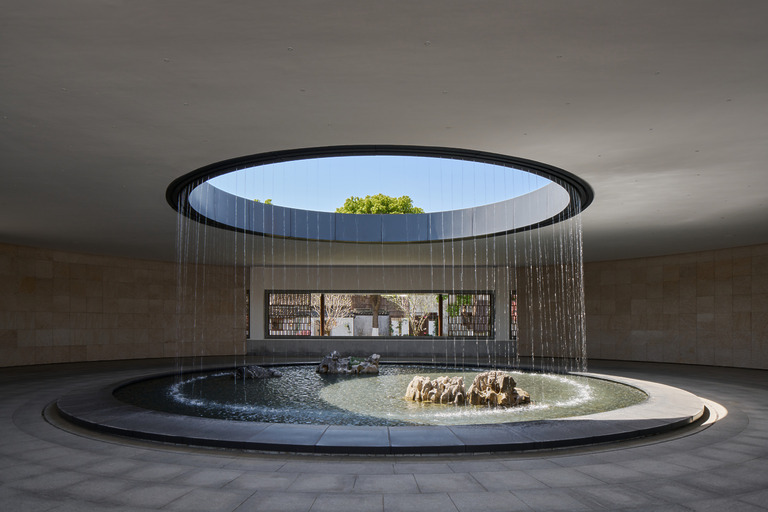
- Strategy & Research |
- Design Thinking & Innovation
Designing the Arrival Experience

- Strategy & Research |
- Design Thinking & Innovation
Designing the Arrival Experience

- Employee Feature |
- Inside WATG
Mentorship, Community, and Creativity: WATG’s Blueprint for the Next 80 Years
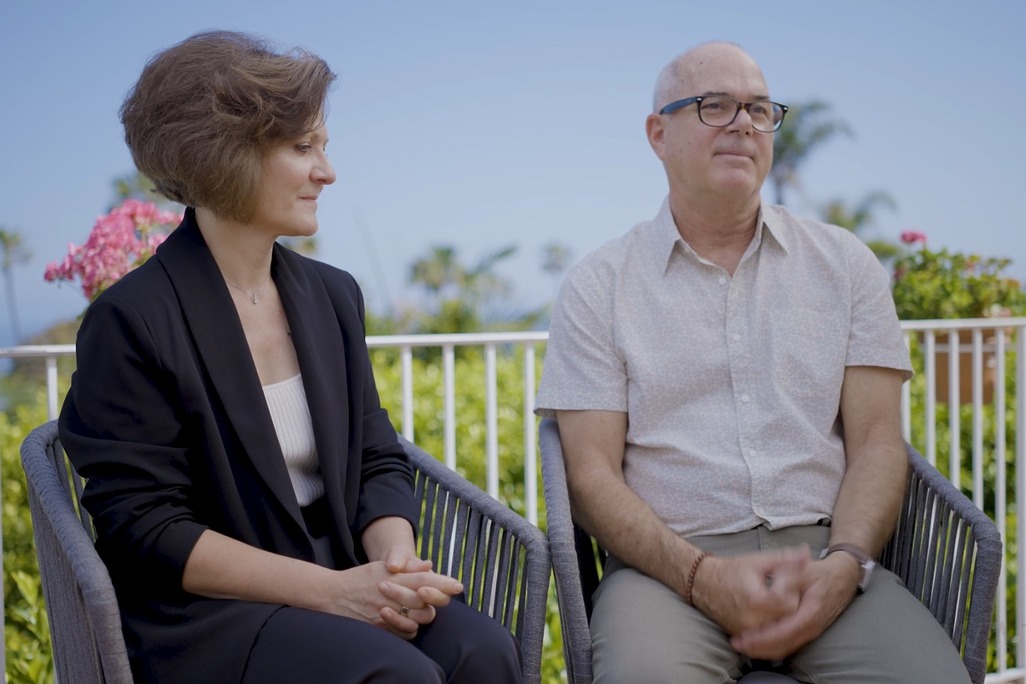
- Employee Feature |
- Inside WATG
Mentorship, Community, and Creativity: WATG’s Blueprint for the Next 80 Years
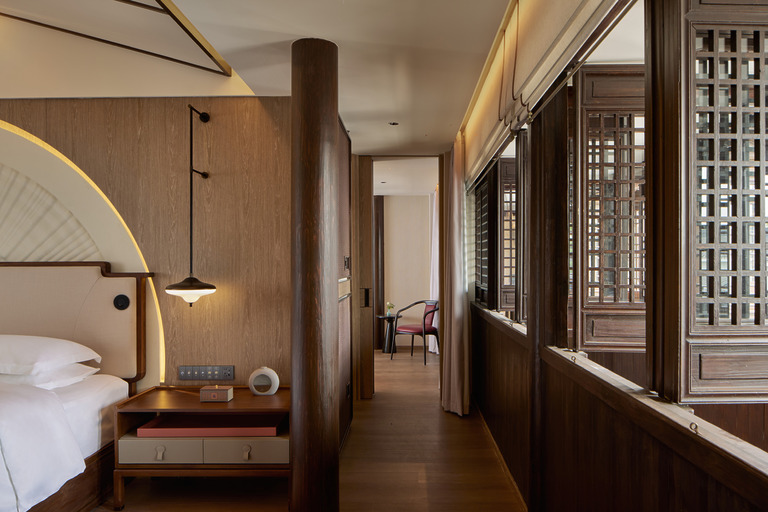
- Strategy & Research |
- Design Thinking & Innovation
Hotel Wuxi MGallery Collection: Part of a Story
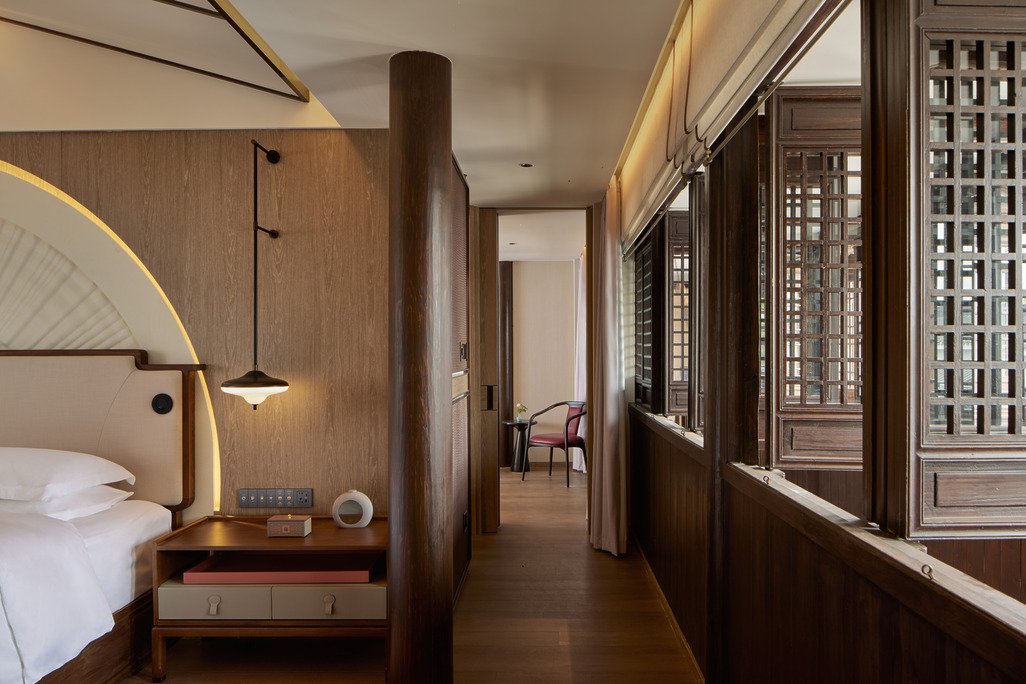
- Strategy & Research |
- Design Thinking & Innovation
Hotel Wuxi MGallery Collection: Part of a Story

- News
Behind The Scenes: ‘We Create Moments’

- News
